

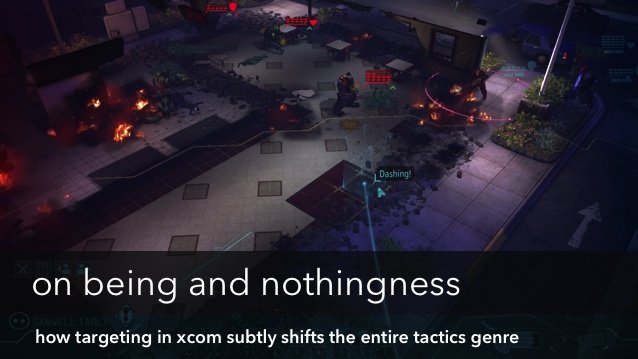
The new XCOM continues the tradition of western tactics games, from the original X-COM to Jagged Alliance, then Fallout Tactics and Silent Storm. While it fits within that context nicely in most every way, there is one seemingly small but critical difference between XCOM and what came before, and helps to explain many of its quirks. The concept is half-mechanical, half-philosophical: in the new XCOM, you aim at beings instead of spaces.
In an interface sense, this manifests as you only being able to shoot at aliens. If one is hiding behind a wall, you can't shoot at the wall. This is a major difference from the original X-COM, where, if you knew where an enemy was hiding, it was a common tactic to launch a rapid shot (three individual quick attacks) at it. The first would destroy the wall, and the next two had a decent chance at hitting the alien. This isn't possible in the new XCOM, which only allows aim at the alien beings.
But it's more than just what you're allowed to shoot at. It also affects how the game is presented via its animations. It's a common occurrence to see your squaddies' shots “hit” things that they don't affect, or affect things that they don't hit. Here your shots accidentally hit one of your squaddies in the back, but do no damage, there you shoot at an alien that's moved behind a column, and the math says you hit it but all you see is plasma splashing off a wall. In a game like Jagged Alliance II, however, if you see a group of enemies you can fire a burst at them and hit more than one at a time, or, a powerful enough rifle can fire through an enemy into something behind it.
To put this process into a chart:
Previous Tactics Games:
Pick space to fire at > trajectory calculated > projectile animated > if enemy(s) is in space hit by projectile, determine damage
XCOM:
Pick enemy to fire at > hit/miss calculated > projectile animated > if hit, determine damage
(Note that the animation has to align with the in-game reality in the former example. It doesn't in the latter.)
What's particularly odd about XCOM's targeting style is that it doesn't use the being-attack in two different ways. Rockets and grenades both do “splash” damage, and thus they are calculated according to the space they fall into. Also, shots fired from laser or plasma weapons don't damage beings if they're animated as hitting them, but they do damage the environment (knocking down walls, triggering explosive vehicle fires) as depicted by the animation.
[T]he game is built around narrowing possibilities in order to create for as many interesting choices as possible.According to an instinct toward “realism,” XCOM's system sounds worse than what came before, and it certainly can be confusing to “see” animations of hits treated as misses. But there are a few reasons why it may work for XCOM. First, as I noted in my review, the game is built around narrowing possibilities in order to create for as many interesting choices as possible. Allowing the player to shoot anywhere and at anything would dramatically increase the choice possibility, which goes somewhat against the game's design philosophy (the Wikipedia page says the developers created a board game prototype, which would require a being-based targeting system).
Second, the game engine may have made it difficult, if not impossible, to build a space-based targeting system. In particular, XCOM's use of cover is essential to both is game system and aesthetics. But getting the mechanics and graphics to align, with characters peeking in and out of cover to be half-seen in a turn-based game, strikes me as conceptually difficult. It may well be that achieving perfect congruence between animation and combat results was prohibitively difficult if not impossibe.
Fascinatingly, being-based targeting makes XCOM more similar to Japanese-style tactics games, like Disgaea. But those games are usually fantasy-based, and therefore melee-based, making stray bullets irrelevant. Shifting a firearm-based tactical game to this style of system may not seem like much, but it affects the entire game.



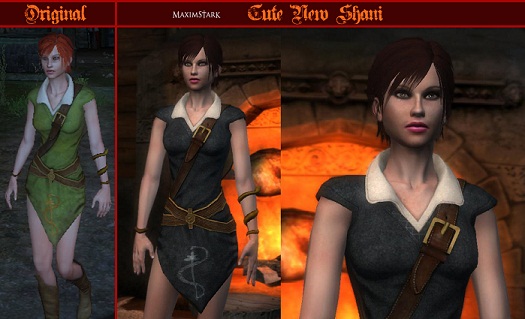
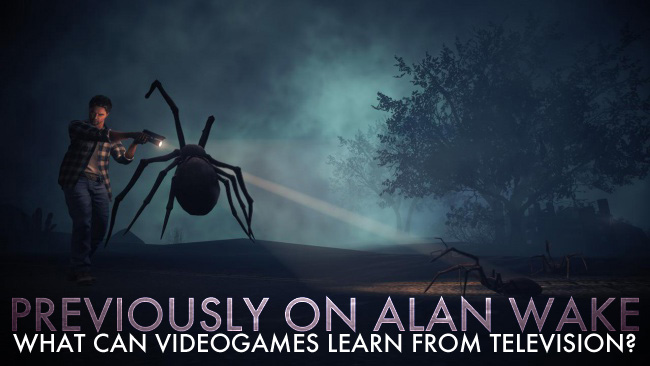 Previously on Alan Wake: What Can Video Games Learn from Television?
Previously on Alan Wake: What Can Video Games Learn from Television? CoD Black Ops 3 Earn Crypto Keys - guide
CoD Black Ops 3 Earn Crypto Keys - guide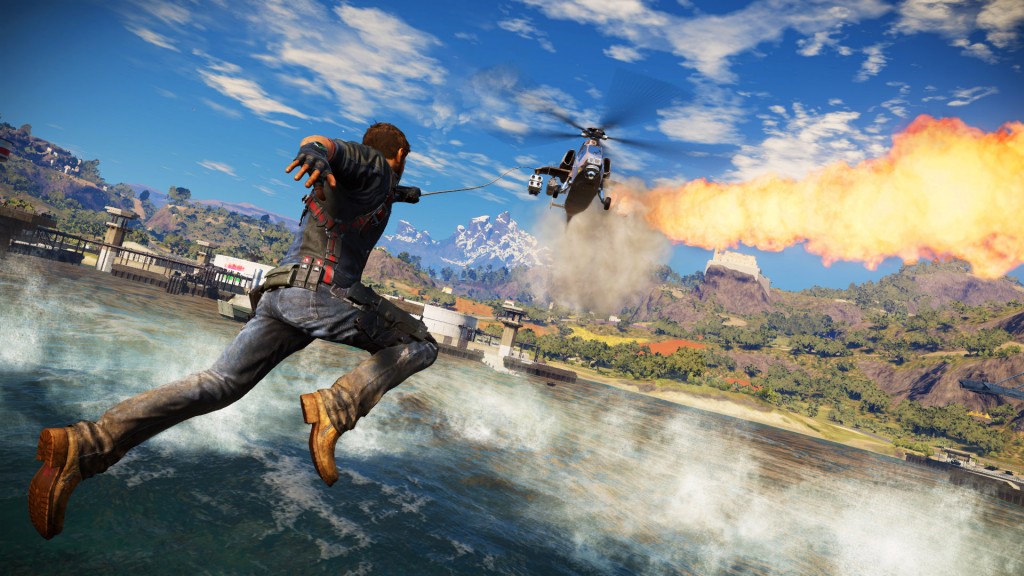 Just Cause 3: Here's how to get Fast Travel ability
Just Cause 3: Here's how to get Fast Travel ability Metal Gear Solid V: Ground Zeroes Wiki .
Metal Gear Solid V: Ground Zeroes Wiki .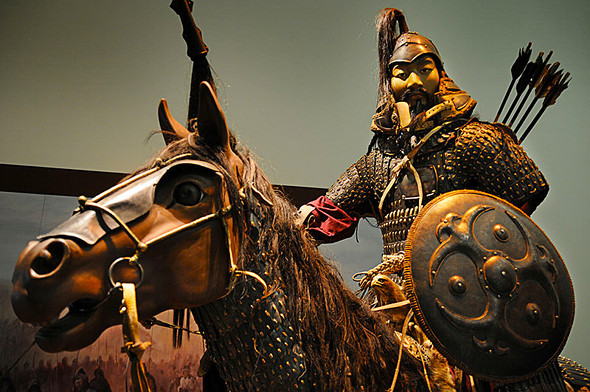 3 Places That Should Be Used In The Next Assassin’s Creed Game
3 Places That Should Be Used In The Next Assassin’s Creed Game